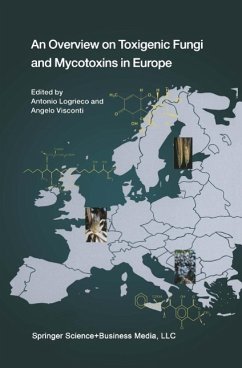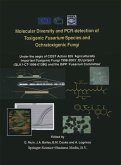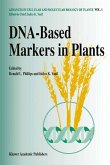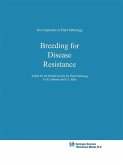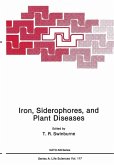The growing interest in health risks associated with toxigenic fungi and related mycotoxins has led to the development of a number of research projects during the past decade in several European countries and a great deal of information has been produced on the natural occurrence of mycotoxins in plants, foods and feeds. The differences in environmental conditions (temperature, light, rainfall etc. ) and in exposed cultivated plants (type of cereals, cultivars etc. ) in the distinct European countries have significantly influenced the distribution of specific toxigenic fungi and related mycotoxicological problems. In addition, biogeographically structured lineages within some important toxigenic fungi have been recently discovered, of reproductive isolation. Transglobal showing a long evolutionary history transposition of plant products seems to have significantly contributed to the spreading of toxigenic species and lineages worldwide. Therefore, the migration of agriculturally important toxigenic fungi generated by trade exchanges may represent a major source of inoculum for new plant diseases in Europe and for a wider genetic diversity of local populations. It was our goal to provide the reader with an update of researches and surveys on the natural occurrence of toxigenic fungi and mycotoxins performed at a European level during the last 5-10 years. The editors are extremely grateful to the EU-COST-835 "Agriculturally important toxigenic fungi" for the financial support that allowed a number of European scientists to meet several times over the past five years to collaborate and exchange information about research advances on toxigenic fungi and mycotoxins.
Dieser Download kann aus rechtlichen Gründen nur mit Rechnungsadresse in A, B, BG, CY, CZ, D, DK, EW, E, FIN, F, GR, HR, H, IRL, I, LT, L, LR, M, NL, PL, P, R, S, SLO, SK ausgeliefert werden.
From the reviews:
"This book is a summary of the final meeting of the EU-COST-835 project 'Agriculturally important toxigenic fungi' ... . Overall, this is a timely overview ... . The book successfully summarises the current status on the distribution of toxigenic fungi and mycotoxins across 18 European countries and will be a useful reference for researchers and officials with an interest and a responsibility in toxigenic fungi, mycotoxins and food safety." (Simon Edwards, European Journal of Plant Pathology, Vol. 113, September, 2005)
"This book is a summary of the final meeting of the EU-COST-835 project 'Agriculturally important toxigenic fungi' ... . Overall, this is a timely overview ... . The book successfully summarises the current status on the distribution of toxigenic fungi and mycotoxins across 18 European countries and will be a useful reference for researchers and officials with an interest and a responsibility in toxigenic fungi, mycotoxins and food safety." (Simon Edwards, European Journal of Plant Pathology, Vol. 113, September, 2005)

